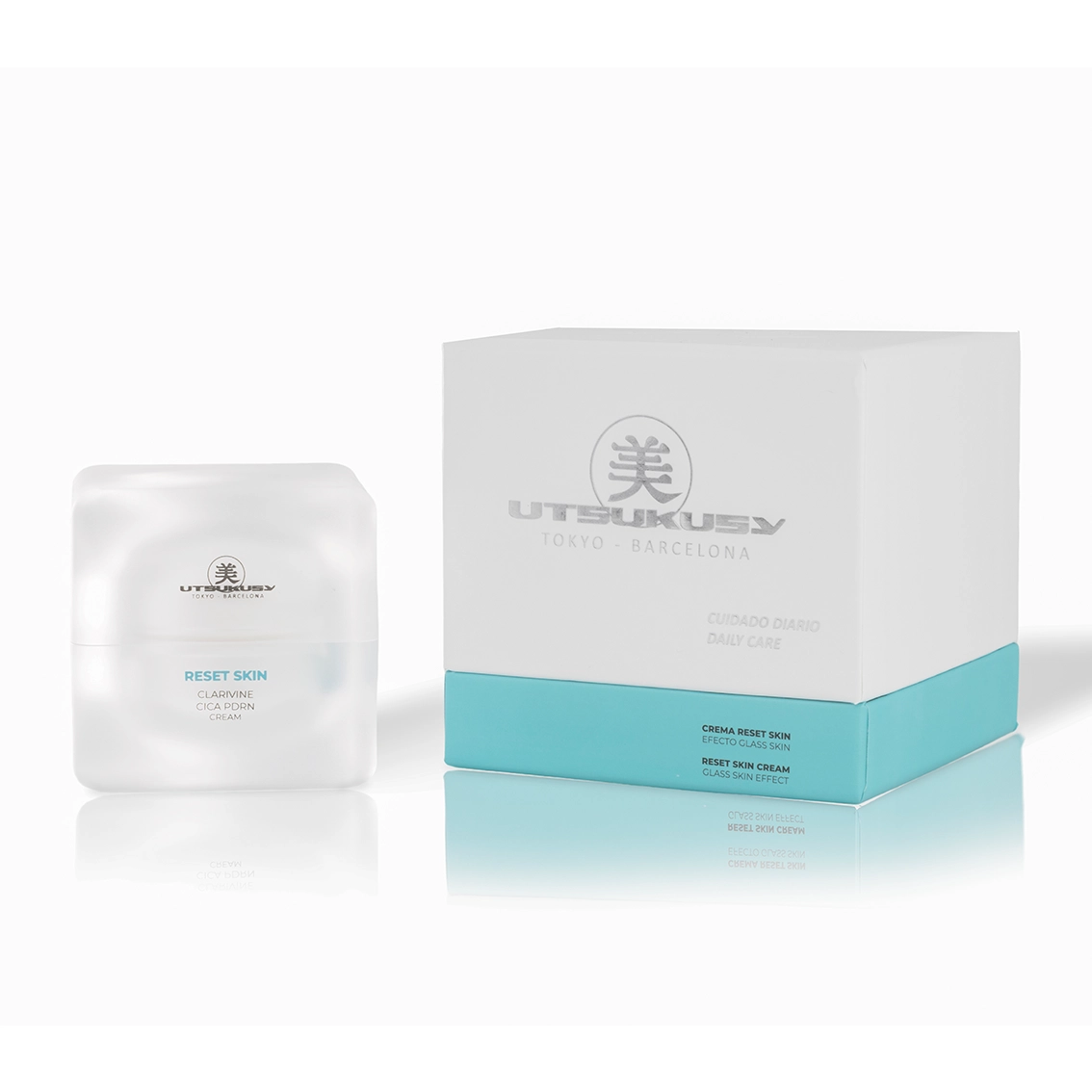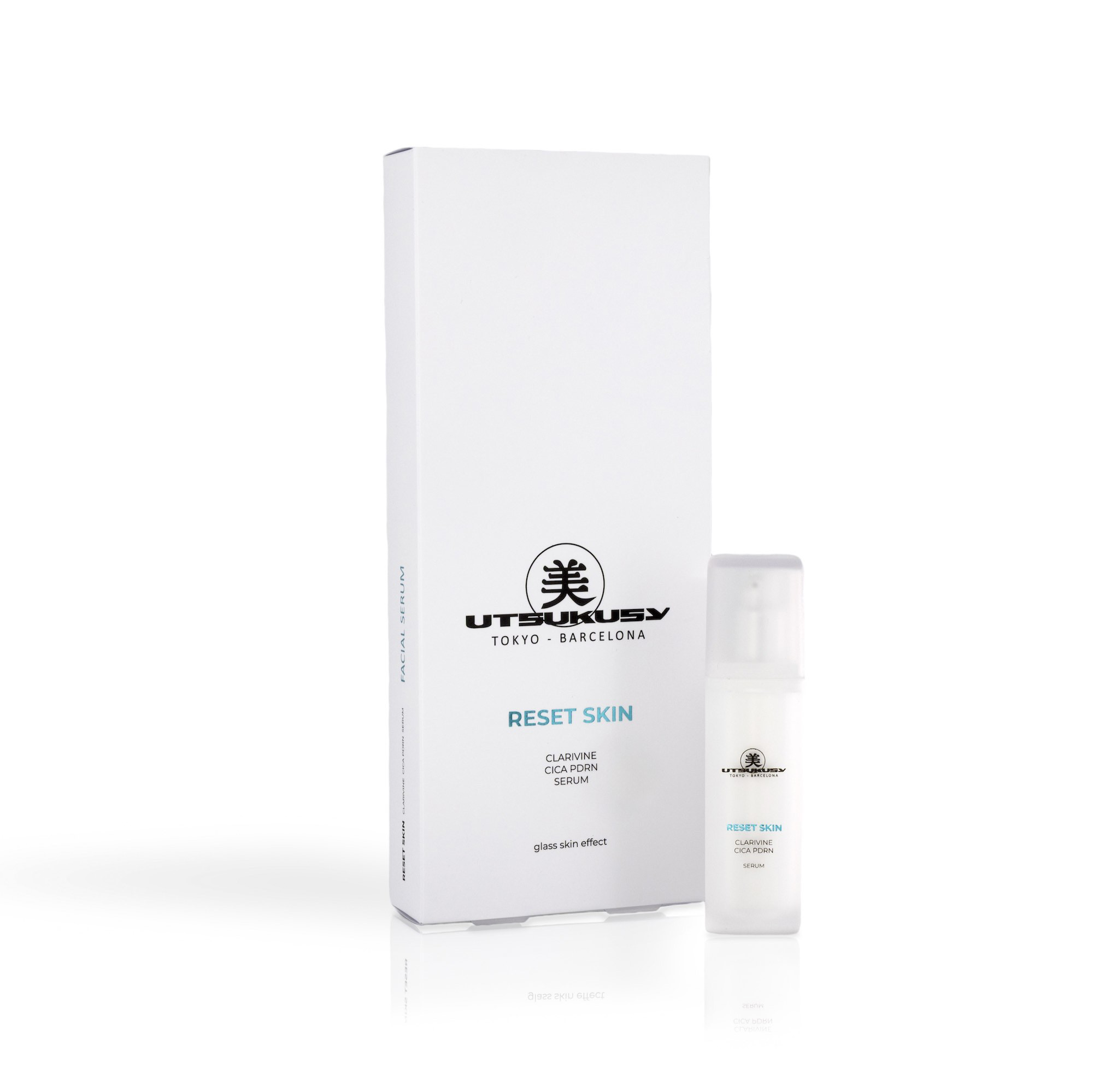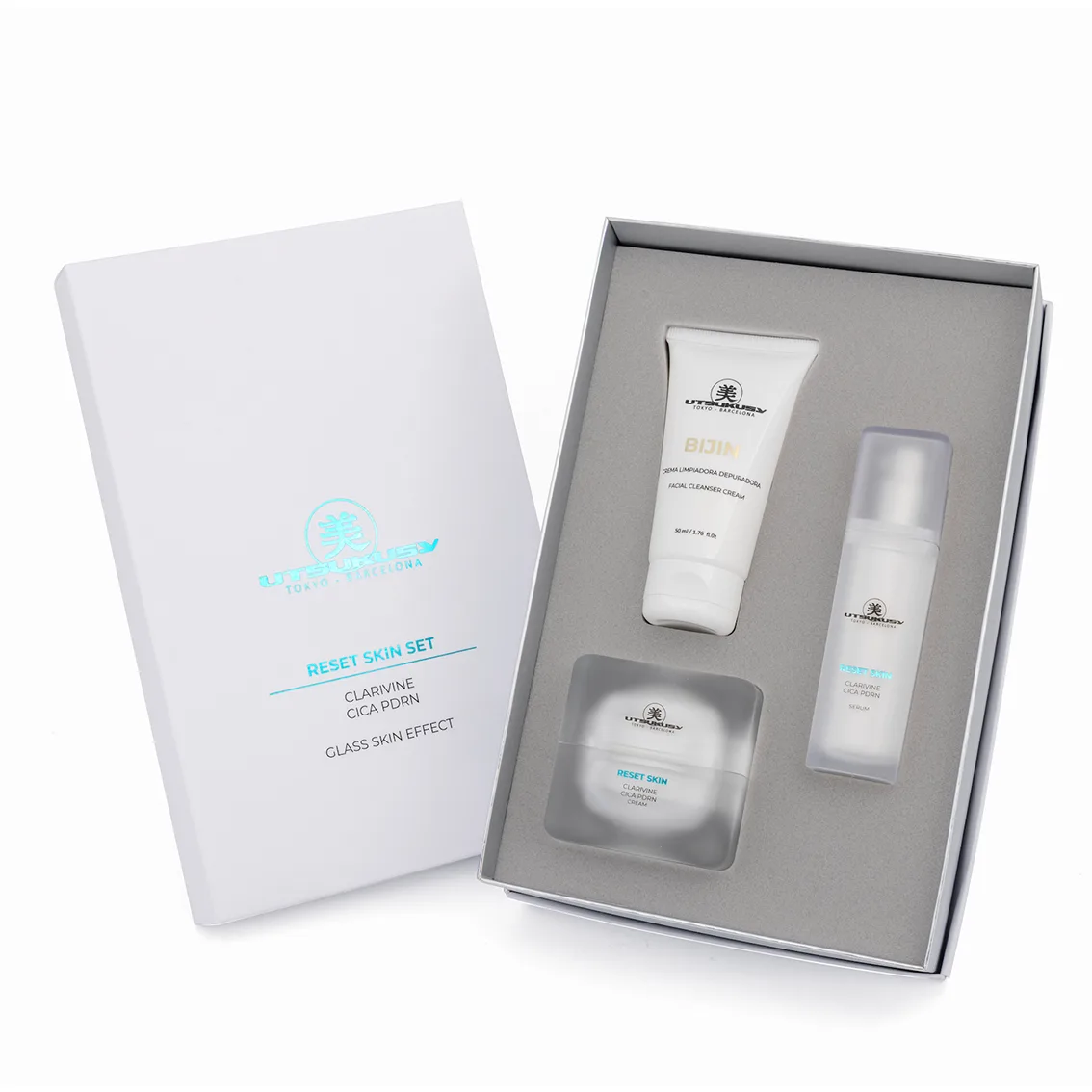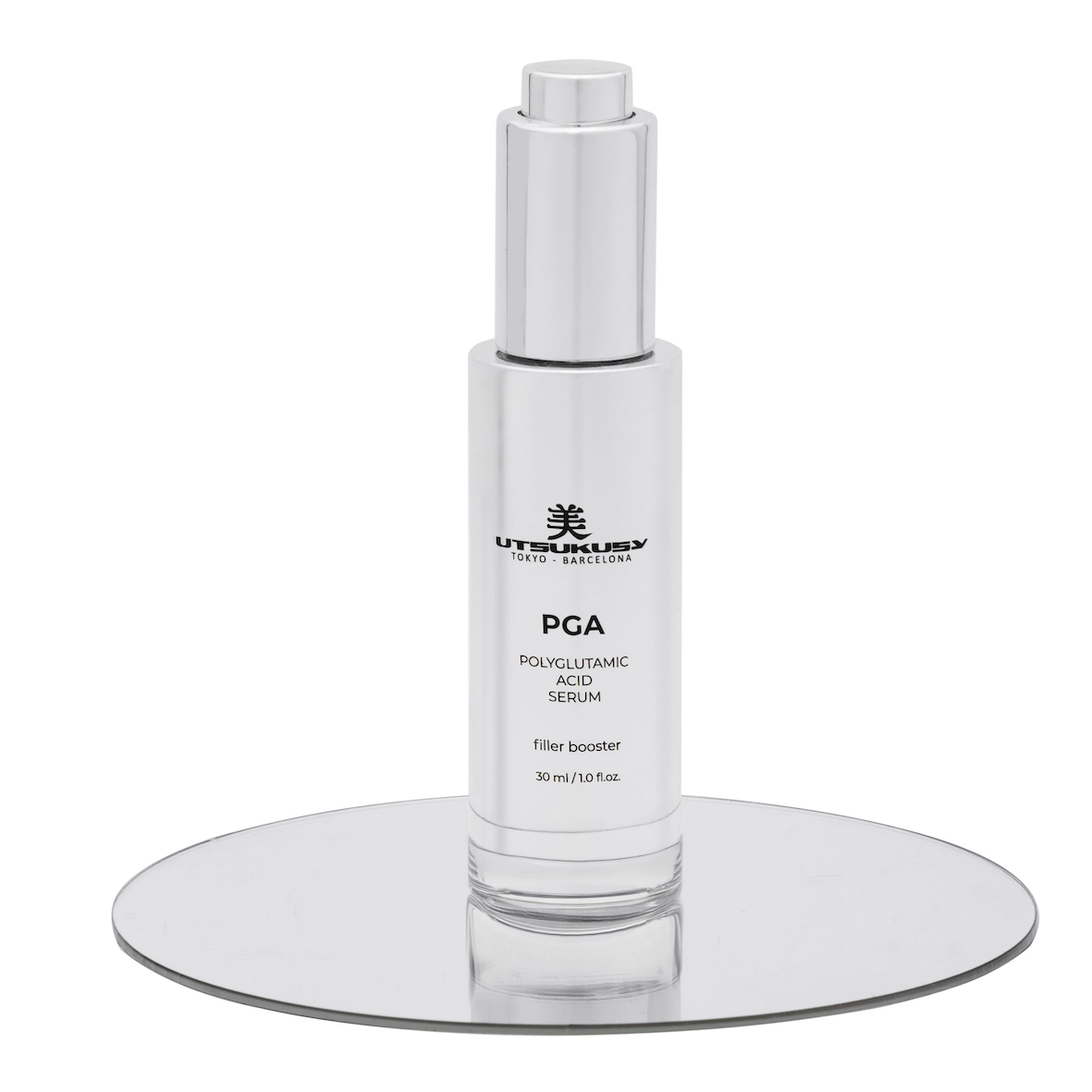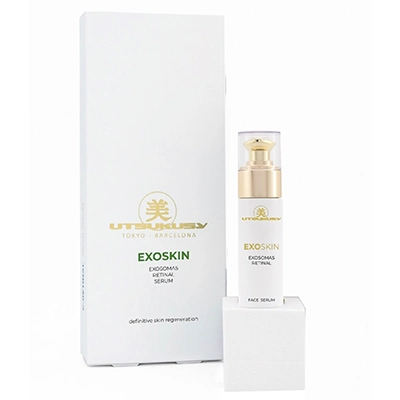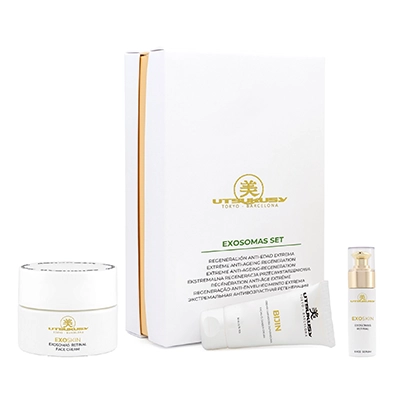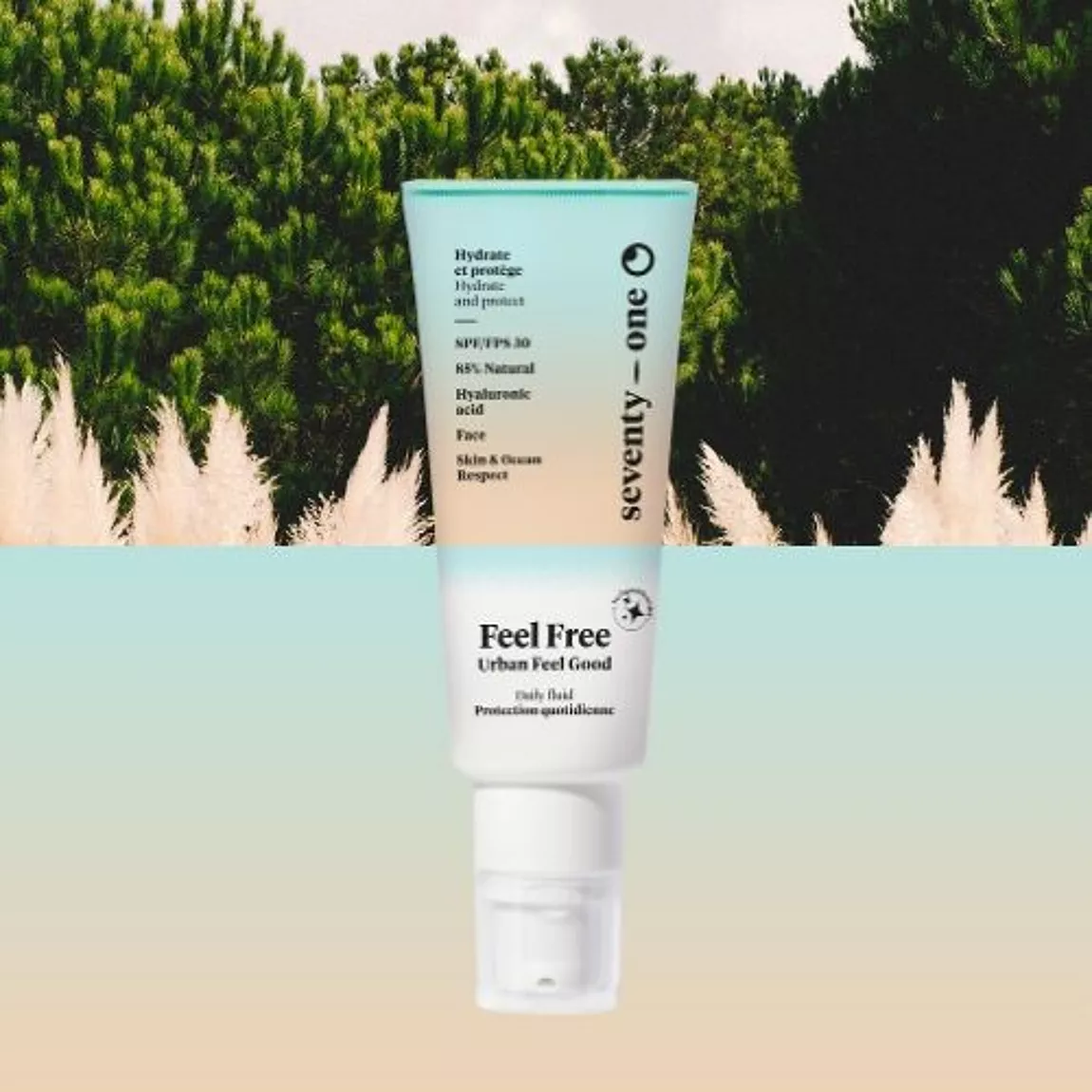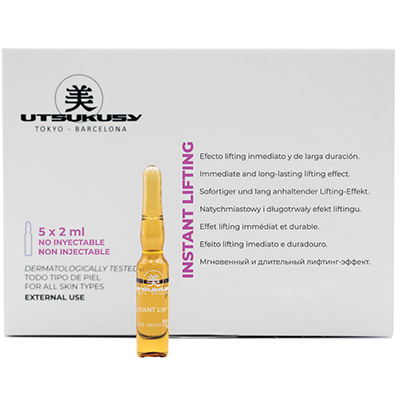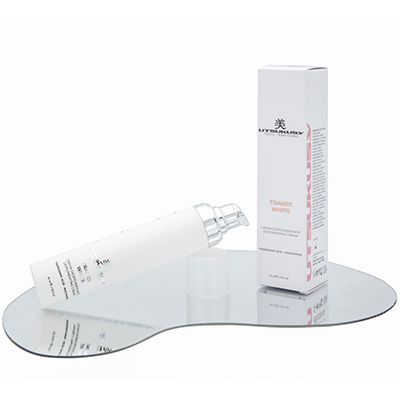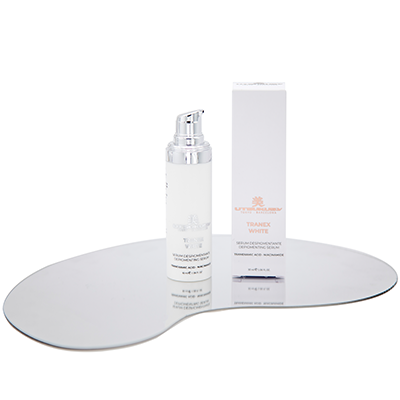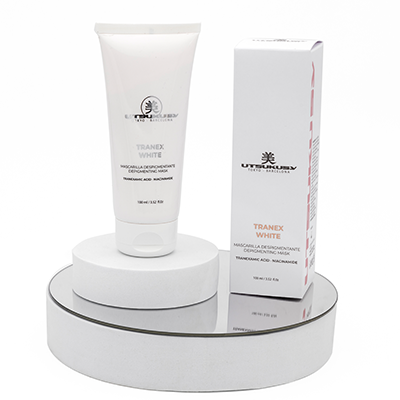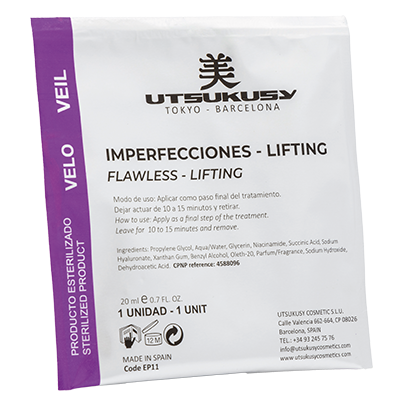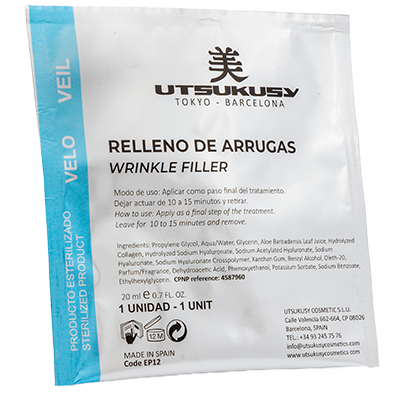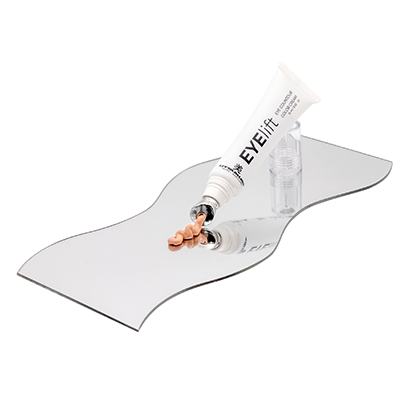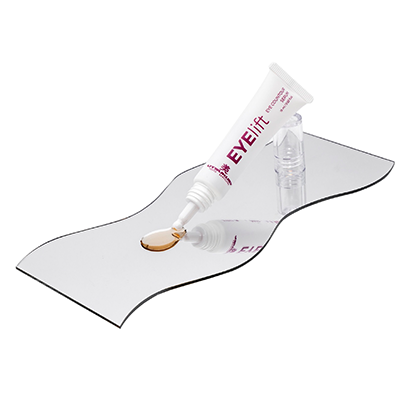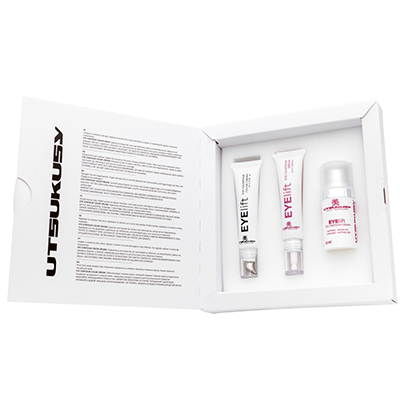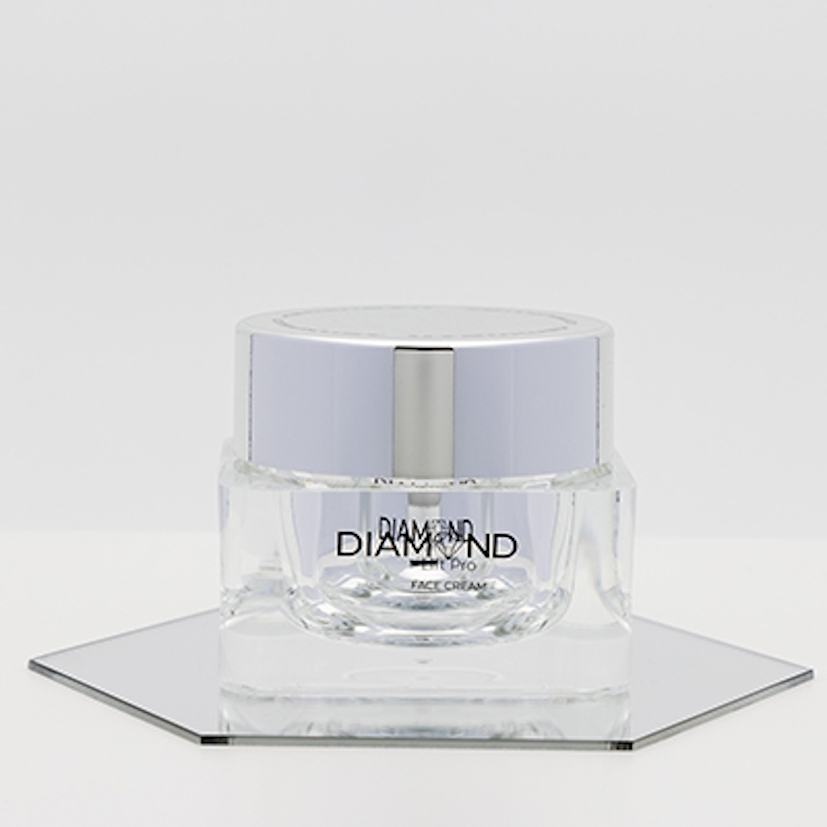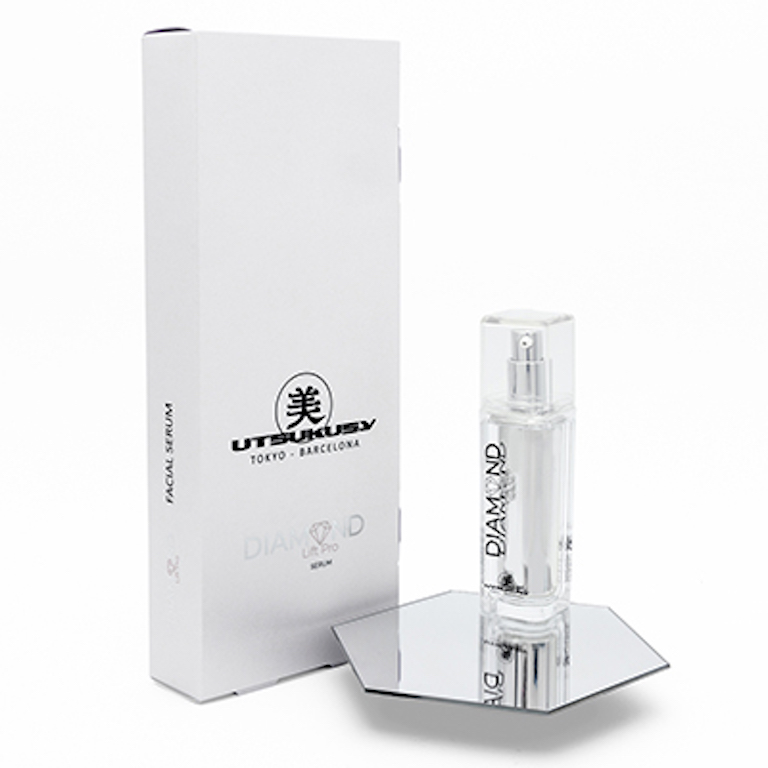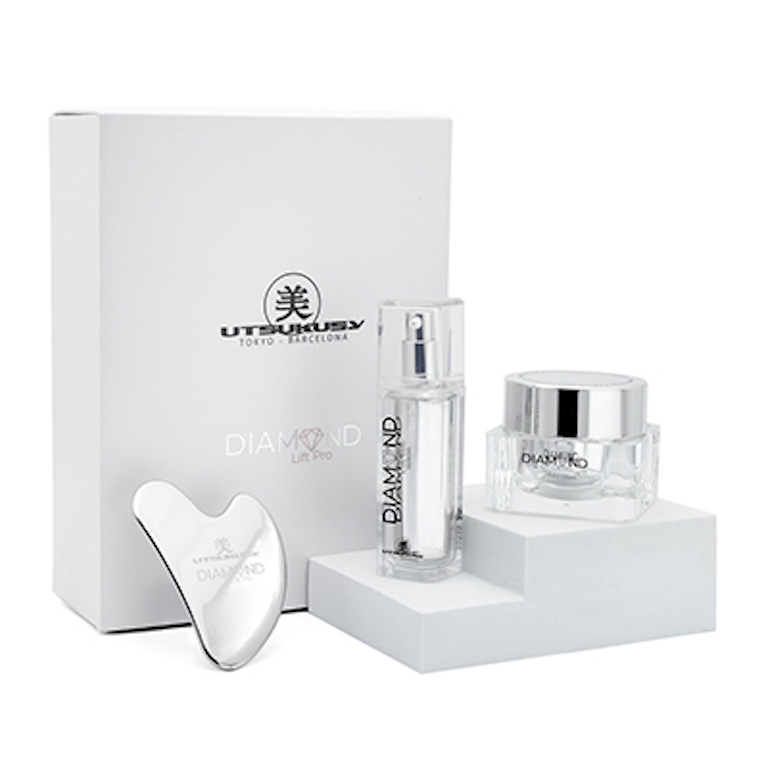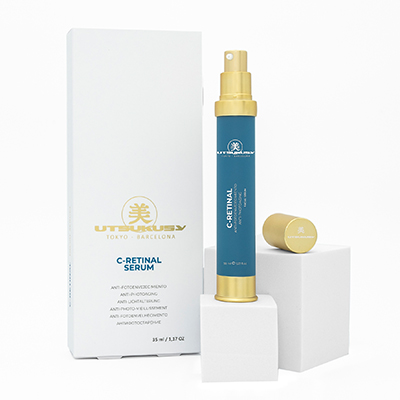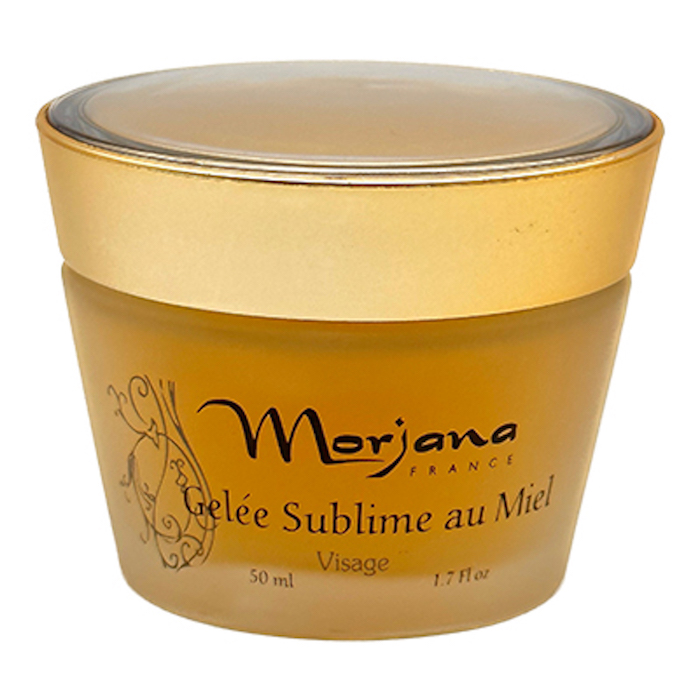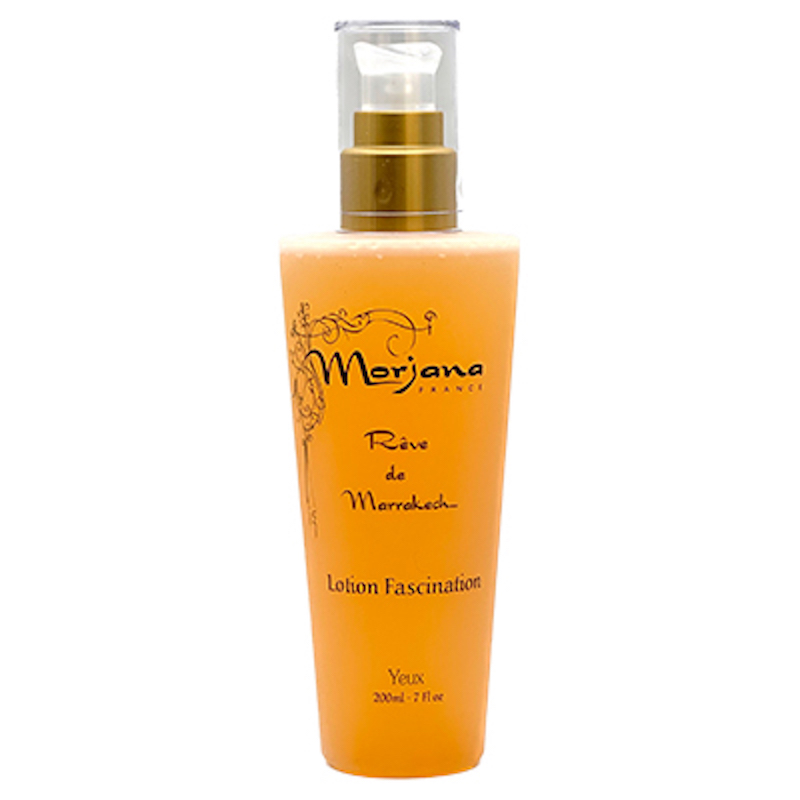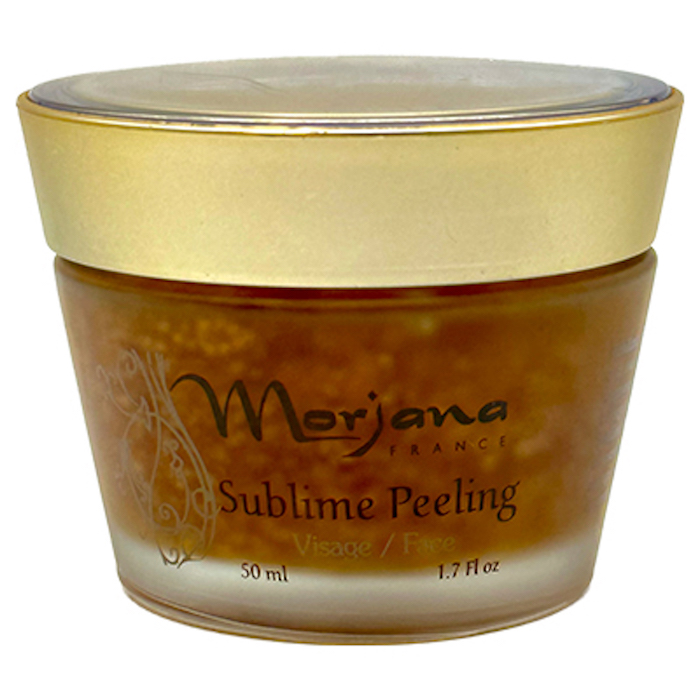Sensitive skin
Content: 50 ml (€219.80* / 100 ml)
Content: 30 ml (€333.00* / 100 ml)
Content: 30 ml (€333.00* / 100 ml)
Content: 30 ml (€286.33* / 100 ml)
Content: 3 Stück (€53.30* / 1 Stück)
Content: 40 ml (€74.75* / 100 ml)
Content: 10 ml (€369.00* / 100 ml)
Content: 50 ml (€129.80* / 100 ml)
Content: 30 ml (€223.00* / 100 ml)
Content: 15 ml (€246.00* / 100 ml)
Content: 15 ml (€246.00* / 100 ml)
Content: 3 Stück (€33.30* / 1 Stück)
Content: 50 ml (€239.80* / 100 ml)
Content: 80 Milliliter (€216.13* / 100 Milliliter)
Content: 35 ml (€228.29* / 100 ml)
Content: 50 Milliliter (€59.80* / 100 Milliliter)
Content: 200 Milliliter (€12.45* / 100 Milliliter)
Content: 50 Milliliter (€59.80* / 100 Milliliter)
Cosmetic products for sensitive skin - Sensitive skin types
Table of contents
- What is sensitive skin?
- Origins of sensitive skin
- Sensitive skin or allergic reaction?
- Relieving the symptoms of sensitive skin
What is sensitive skin?
Sensitive skin is characterised by a disrupted natural protective layer that protects the skin from external irritants and moisture loss. Unsuitable cosmetic products or environmental influences can often lead to redness, tension and tingling in sensitive skin. According to a study by the Pierre Fabre Research Department for Epidemiology, almost 100 million women and men in eight European countries suffer from sensitive skin. This corresponds to more than a third of those surveyed. 66% of those affected stated that their symptoms were related to an underlying skin condition. Find out more about the possible causes of sensitive skin and how you can quickly alleviate irritation with the right skincare to feel comfortable in your skin again.
Origins of sensitive skin
Sensitive skin by nature
People with naturally sensitive skin often have thinner, lighter-coloured and slightly dry skin. The top layer of skin can appear flaky and the skin reacts easily with redness. This can also be a sign of the development of the skin condition couperose.
Reactive sensitivity of the skin
Reactive sensitive skin shows painful reactions to cold, sun, wind and unsuitable cleansing products or creams. It can react particularly sensitively to peelings or laser treatments.
Occasional skin sensitivity
Occasional skin sensitivity occurs when a skin condition such as seborrhoeic dermatitis, rosacea or acne is present. In acute phases, skin sensitivity may be increased as the skin barrier is weakened.
Sensitive skin or allergic reaction?
Sensitive skin
Sensitive skin shows symptoms such as tightness, itching and strong reactions to wind, cold or other stimuli. Conventional creams often offer no relief, but can cause redness and flaking after care.
Allergic reaction of the skin
Sensitised skin shows particular reactions to certain skin care products and can cause eczema or other skin changes due to allergies to ingredients. If you suspect an allergic reaction, you should consult a doctor to identify the triggers.
Relieving the symptoms of sensitive skin
The following steps are recommended to alleviate the symptoms of sensitive skin:
Step 1: Gentle cleansing
Use a product for cleansing that does not need to be rinsed off, Morjana Cosmetiques - Subtil Lotion - Orange Blossom Cleansing Micellar Water. This nourishing texture also removes make-up and gently cleanses without further irritating the skin.
Step 2: Soothing with thermal water
Spray on skin-soothing thermal water for five to ten seconds and massage it in gently with your fingertips. You can then dab off the residue with a tissue.
Step 3: Build up the skin barrier
Choose a skincare product that helps to build up the skin barrier. An example of this is Silenos Harmony. This cream soothes irritation immediately after application and increases the skin's tolerance threshold in the long term.
Tip: To avoid unnecessarily weakening the natural protective function of sensitive skin, you should avoid frequent showers and high water temperatures. Also avoid mechanical friction when cleansing or drying, as this can irritate the skin even more. Instead, it is advisable to gently pat the skin with a soft towel.


